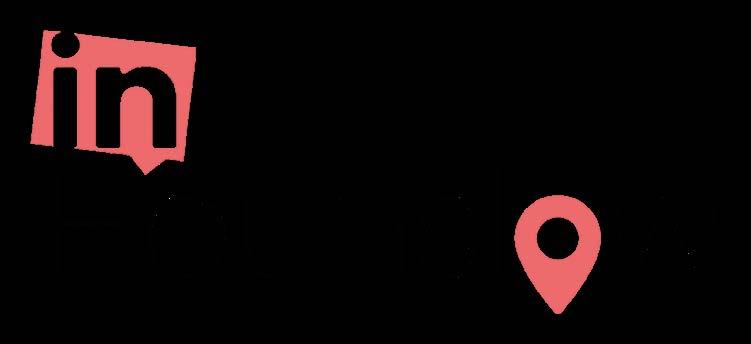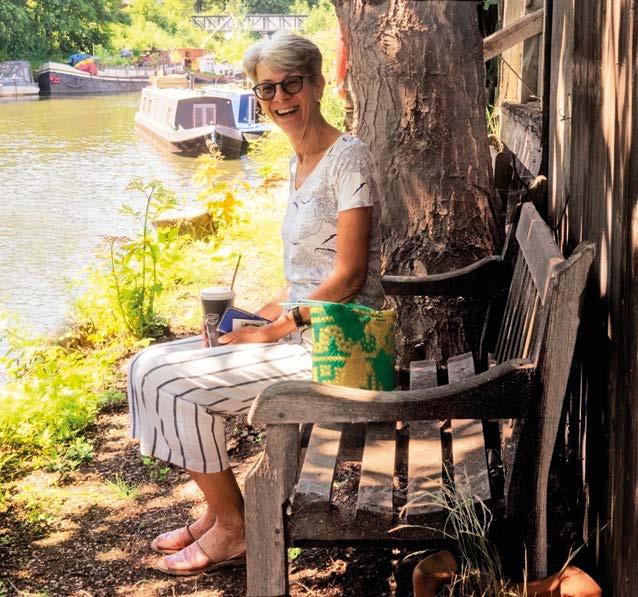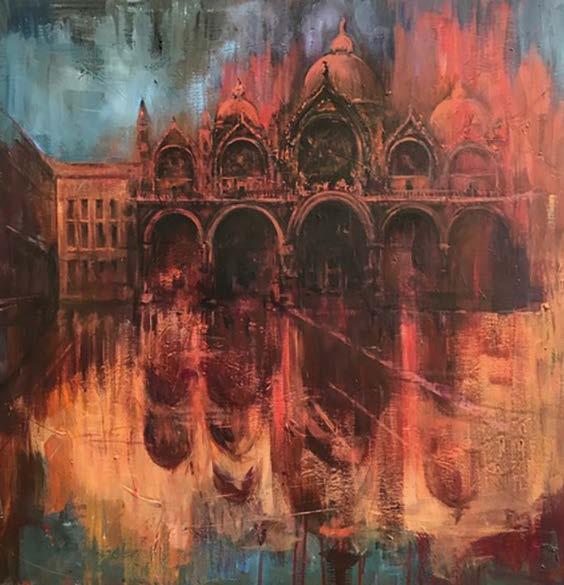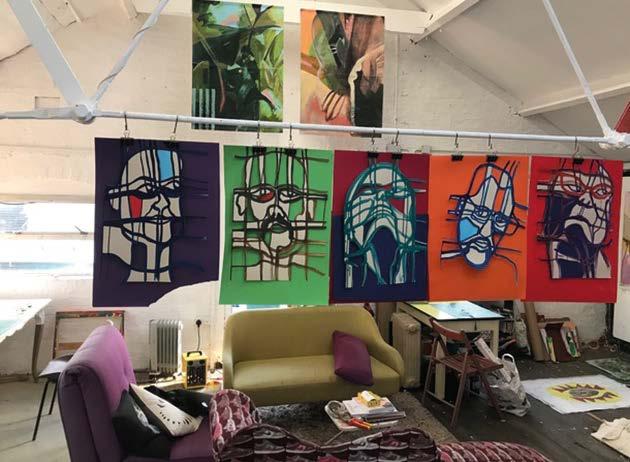
9 minute read
Travel & Tourism
Travel and tourism fight back
Travel and tourism are worth billions of pounds each year to the London economy. Millions of people travel to the capital from other parts of the UK and abroad, generating a significant proportion of an estimated £237.6 billion-a-year UK travel and tourism sector. London is also a globally recognised gateway to the world, with Heathrow and Gatwick strategically important hubs for international trade.

The COVID-19 pandemic, which forced the country into multiple lockdowns, inevitably had a dramatic effect on travel and tourism. According to data analyst Statista, this sector’s contribution to UK gross domestic product (GDP) plummeted to £89.6 billion last year, as hotels, restaurants and tourist attractions shut their doors and travel to and from the UK fell off a cliff.
Now, though, the picture is brighter. COVID restrictions have been eased, tourism firms are open for business again and individuals and business professionals are beginning to travel again.
The question is whether or not travel and tourism will return to pre-pandemic levels again. Right now, it’s too early to say, but there’s a sense that optimism and confidence are gradually returning.
Hilton Garden Inn (HGI) Heathrow hotel, who is a supportive Chamber member and is based at Heathrow Airport, spent the initial phases of lockdown putting in place safety and cleanliness measures to ensure people were safe. Now, as the country moves into the COVID recovery phase, the management team has taken the opportunity to look at the business and plan for the future.
Richard Lee, general manager of Hilton Garden Inn Heathrow, says: “We’ve invested a lot in technology and enhancing our digital experience at every stage of the guest journey. We’ve also automated routine tasks to minimise time spent on administration and help us work more efficiently with more time for our guests.
Richard Lee
“We’ve had to adapt our ways of working to operate with a smaller team, and to be more adaptable to cope with sudden changes. We’ve encouraged our team to become multi-skilled and learn roles in other departments so they can support when needed. We offered apprenticeships to all our team with support from Hounslow Council so everyone can develop their skills at work. We’ve also moved to a more agile and less hierarchical management structure so the team are empowered to take quick decisions and can keep up with the pace of change.
“Finally, at the start of the first lockdown we were part-way through a refurbishment so after an initial pause we were able to complete this work quicker than planned and tackle several other investment projects. We’ve spent £4.3m on refurbishing the public areas and bedrooms and a further £750,000 on upgrading our plant and equipment, including adding new green technologies such as solar panels, heat pumps and a better building management system.”
Predicting the future is a difficult ball game – the last 18 months have taught us this – but Richard says there’s much more confidence in the market compared to last year, due mainly to the successful vaccination programme.
“We can see that as soon as restrictions are lifted there’s an immediate demand for hospitality,” he says. “Perhaps people value hospitality more now than they did before the pandemic. The last 18 months have been incredibly tough for the hospitality industry and we’re still dealing with several challenges as we reopen, but I think if we get this right then we have an opportunity to reinvent our industry for the better.
“Realistically, we all know it will take some time to get back to 2019 numbers, especially for international markets like Heathrow, but it’s also clear that there’s a huge pent-up demand for travel and as soon as people can travel safely and easily again, they will. Again, I think people have seen the value of travel as an enriching experience which is more than just a holiday and that’s a powerful motivator for people to travel again.
“Customer behaviour is changing. Individual guests want more personalisation and they expect technology to be seamlessly integrated into their journey in a way that adds value and isn’t just a gimmick.
“For business guests, the trend towards homeworking will change how businesses use hotels, and more people will combine business and leisure trips. In addition, companies will use hotels as a place to bring people together and do the high-value relationship building work which cannot be done easily from home.



help visitors and locals discover the best of the borough and plan great days out.
Hounslow Council has launched a new website to support and promote the local visitor economy To register your business, please go to:
https://inhounslow.com/.

Another hidden gem in the borough is the Creative Mile Art Trail: a celebration of the creativity that, like the mighty River Thames, flows right through the heart of Brentford.
This year’s event took place on September 3-5 and was led by locally based artists with support from Creative Enterprise Zone funding. Co-chaired by Brentford-based artist Mr Mr Pearce and Robin Vaughan-Williams of Creative Network West, this exciting event showcased the remarkable array of artistic talent in this unique borough.
When people strolled along the Brentford Art Trail, they saw a signposted one-mile pedestrian route that connected eight art venues exhibiting more than 50 artists including painters, ceramicists, printmakers and sculptors.
As it meandered alongside The Thames, the Creative Mile not only offered visitors inspiration (and the opportunity to make a shrewd acquisition), it also afforded them a rare glimpse of Brentford’s industrial past as well as a snapshot of today’s vibrant, creative riverside community.
The truth is, if you threw a stick out of a window in Brentford, the chances are you’d hit an artist, a musician, designer or performer. But for too long it’s been London’s hidden secret – and organisers of the event thought it’s high time that changed.
As co-chair and artist, Mr Mr Pearce says: “Brentford has a great creative community, which many people are unaware of. This event gave artists working in the area a chance to showcase their work to a wider audience. It has the potential to become an annual event that will grow year by year.”
Brentford photographer and head of marketing for Creative Mile, Gwen Shabka, also sees great potential.
It appears that Brentford is the place to go for art lovers. The Creative Mile began at the Museum of Water and Steam, the former Kew Pumping Station, which previously provided 70% of London’s water supply. This fascinating building, well worth visiting in its own right, now houses artist studios in the former workshops.
Next up was the Musical Museum, where entry was free all weekend. Visitors enjoyed a specially curated photography exhibition and perused the museum’s splendidly eclectic collection of self-playing musical instruments.
Swooping down through a relaxing riverside greenspace, the trail wound its way to Watermans. This famous local landmark, launched in 1984 with a performance by Beatles collaborator and musical inspiration, Ravi Shankar, is now the focal point for an extensive program of interactive arts events. As part of the Creative Mile, it also hosted Mark Farid’s exhibition, “Seeing I”, in its main gallery as well as a pop-up exhibition in the Waterman’s Park building next door.
The walk between these venues was invigorated by outdoor work by local artists from the exhibition “Future Visions”. This inspiring collection of work, curated by members of the local community and facilitated by Creative People & Places Hounslow, originally appeared on advertising boards in the Treaty Centres and Hounslow and Chiswick high streets, and highlighted the positive impact art can have on wellbeing and in reinvigorating our town centres.
Heading back down to the waterside, the trail took in Simon Packard’s imposing steel sculpture, “Liquidity”, as it made its way along the delightful riverside promenade that leads to one of the UK’s oldest, and West London’s biggest, working boatyards.
Dating from the mid-1800s and currently managed by MSO Marine, the site was formerly a key trading trans-shipment junction linking to the Grand Union Canal and the Great Western Railway. Today it offers an atmospheric insight into Brentford’s vital role in London’s industrial past.
Following a brief detour back up to high street and down again (where visitors could make a mental note of which of Brentford’s many characterful and character-filled pubs to visit later), the trail wound over a footbridge










that crosses Thames Lock before arriving at Johnson’s Island, where there was a gallery and a variety of studios that threw open their doors to welcome visitors.
The last stop on this artistic ramble, designed to exercise the mind just as much as the body, was Catherine Wheel Road, where artists’ studios, boutique businesses and food, drink and music awaited the happy traveller. Set in a vibrant creative hub that has organically taken over the undeveloped industrial spaces, visitors found a warm welcome at the Lôft art studio and the various pop-up galleries that have taken advantage of this unique environment.
For those of you who didn’t manage to make it this year, fear not: organisers are planning to repeat the Creative Mile next year!










